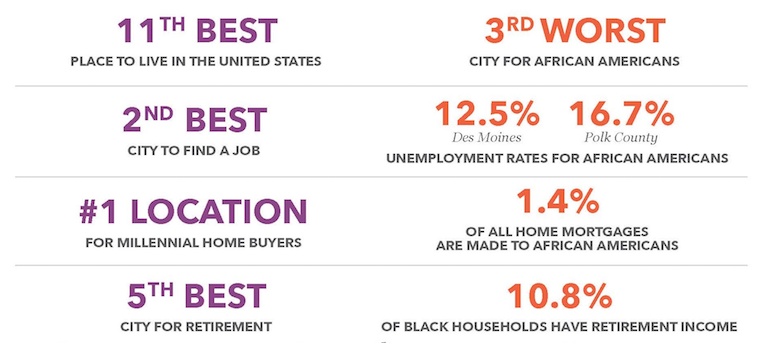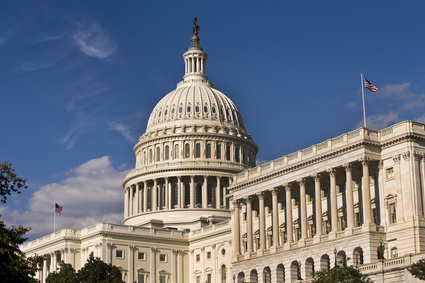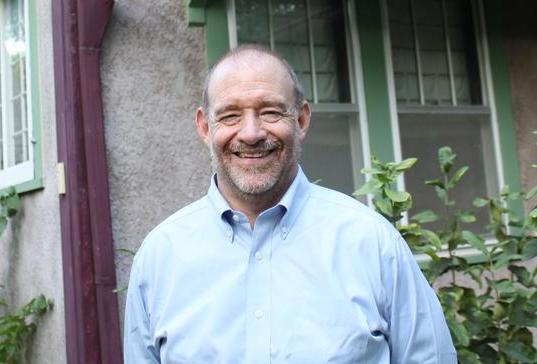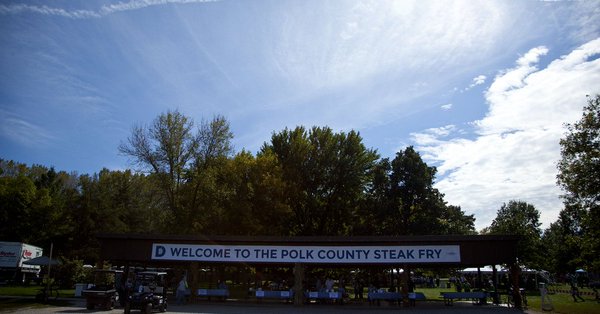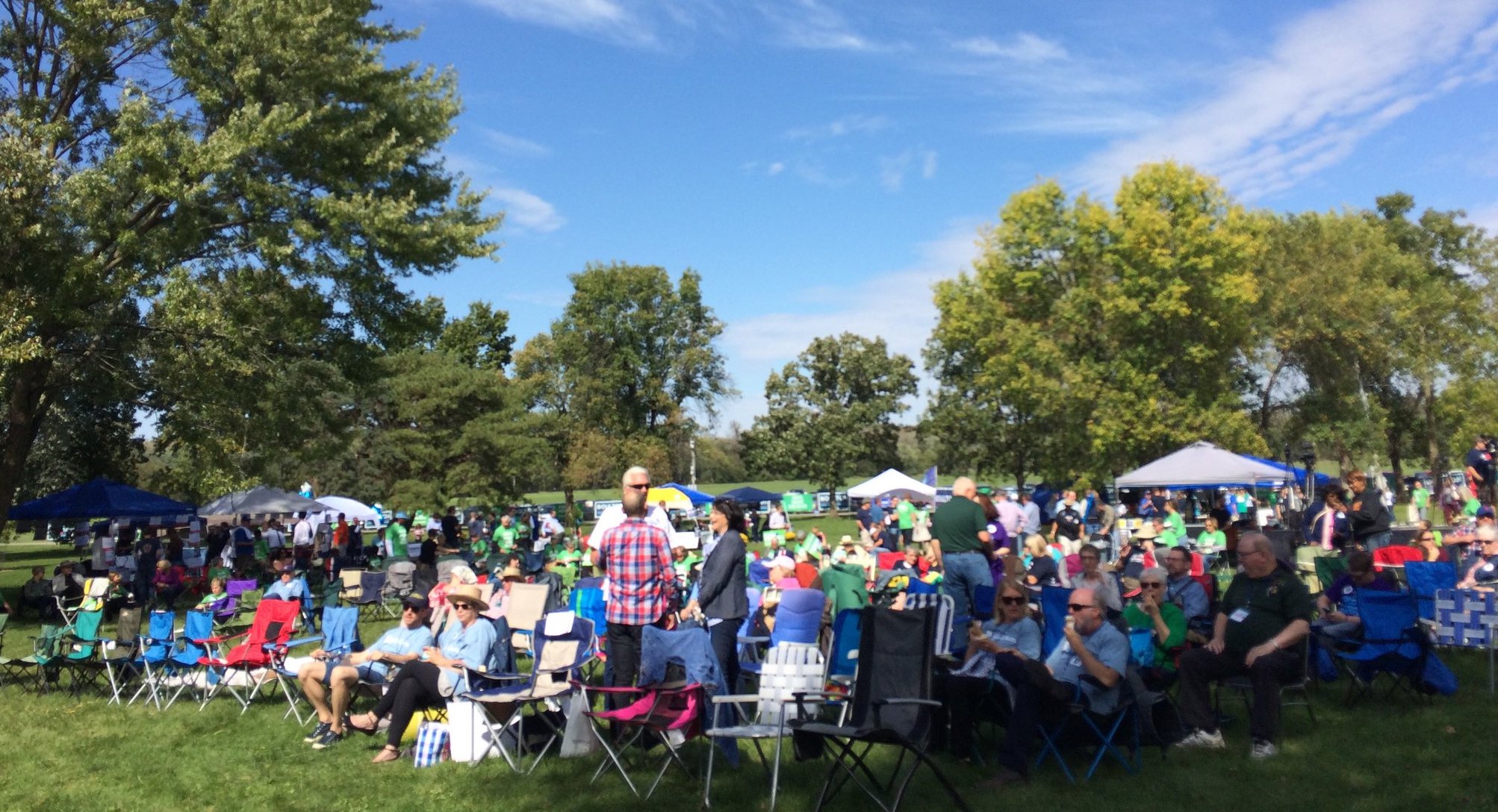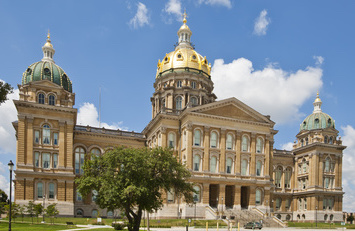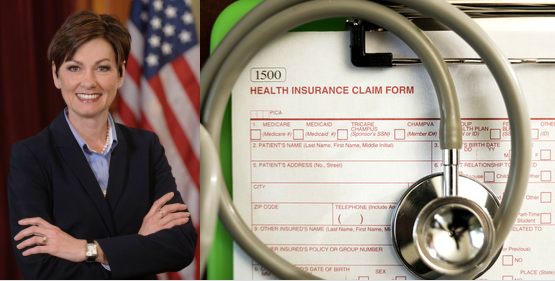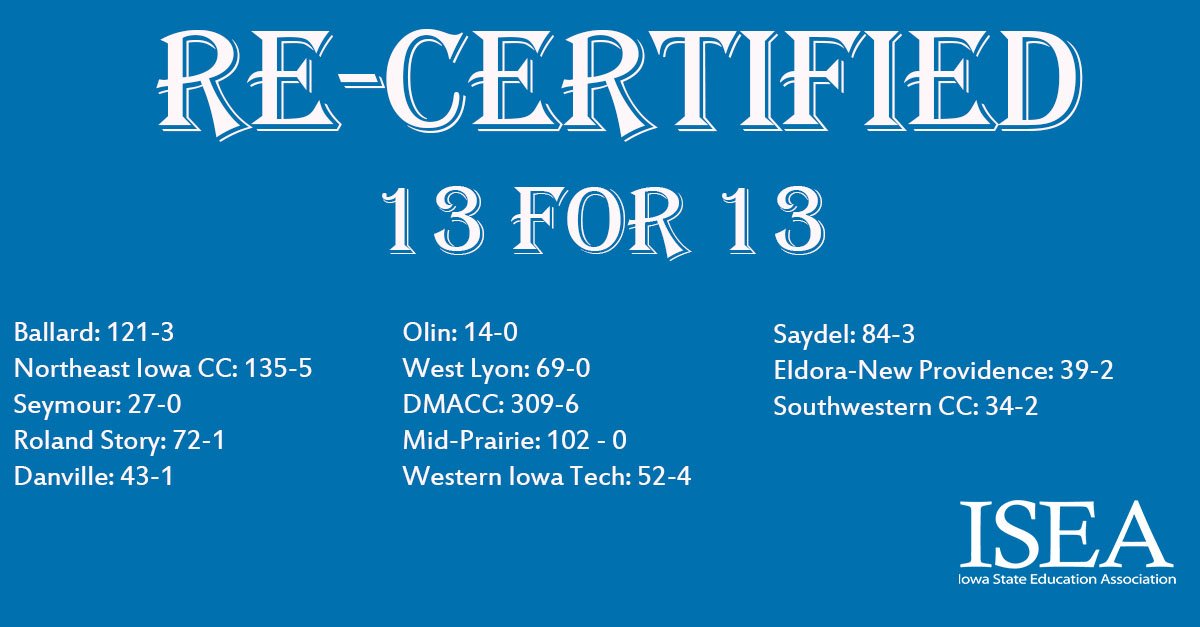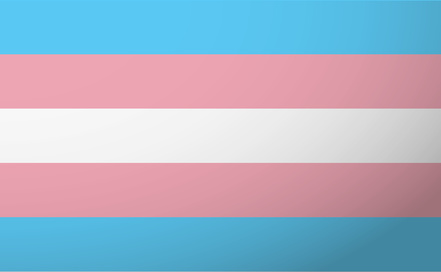The Des Moines metro area has received top-ten rankings from dozens of national organizations or publications that evaluate the job climate, housing markets, or other factors affecting the quality of life.
Unfortunately, extensive research on the State of Black Polk County revealed “significant racial disparities in the traditional economic and financial indicators including banking, savings, employment, and housing.” The Directors Council and State Public Policy Group coordinated the yearlong project, producing the first-ever “snapshot of the financial stability and well-being of African Americans and Africans living in Polk County.” Iowa’s largest county is home to more than 31,000 black people, a little less than 30 percent of the estimated statewide African-American population.
I first learned of this study, now nearly six months old, when Teree Caldwell-Johnson presented key findings to congregants at Temple B’nai Jeshurun in Des Moines during a break between Yom Kippur services on September 30. The full report is after the jump. For each portion, I’ve highlighted the facts and figures that most struck me.
These numbers partially explain why analysts for 24/7 Wall Street ranked the Des Moines metro area the country’s ninth-worst city for black people in 2015 and the third-worst last year.
On a related note: The Fifth Annual Iowa Summit on Justice and Disparities, co-sponsored by the NAACP, is happening in Ankeny next Tuesday, October 10. More details are here and near the end of this post.

